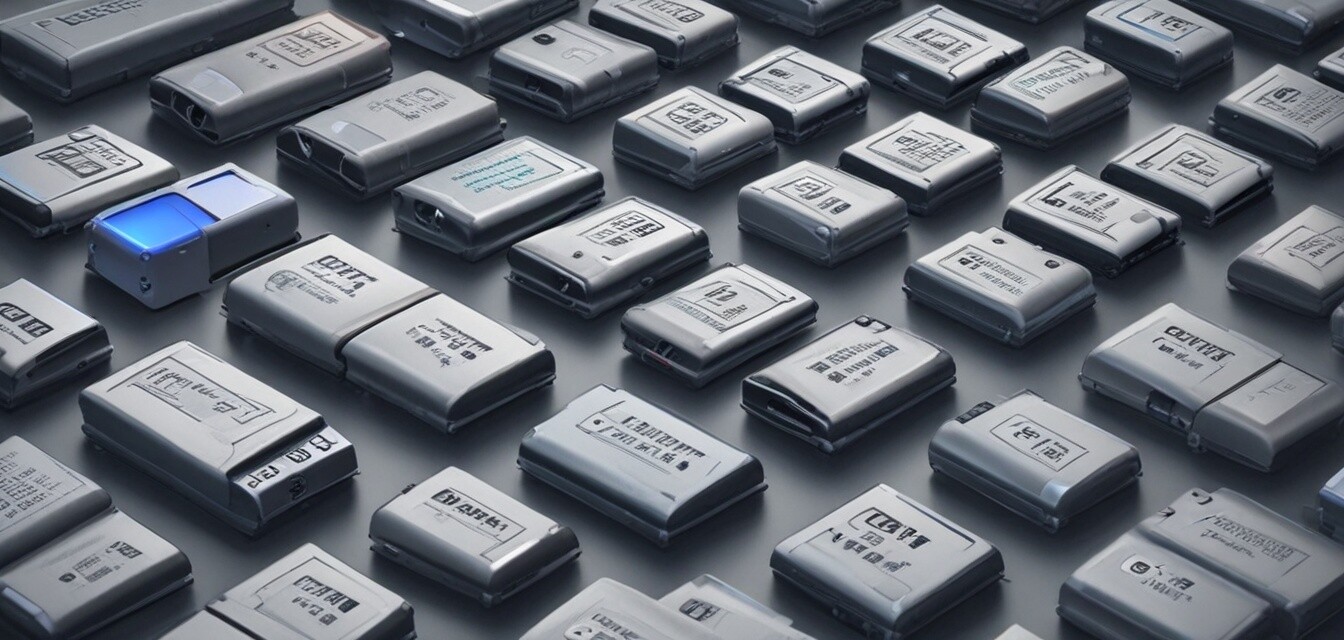
The evolution of laptop battery technology
- Laptop battery technology has significantly advanced from early models to modern-day designs.
- Fast-charging capabilities have improved, allowing users to spend less time plugged in.
- Longevity enhancements ensure batteries last longer, reducing the need for frequent replacements.
The world of laptop technology has undergone remarkable changes over the years, and one component has seen these advancements more than others: the battery. As the demand for more portable devices has surged, engineers and researchers have dedicated countless hours to innovating battery technology. This article will explore the evolution of laptop battery technology, highlighting key improvements in fast-charging capabilities and battery longevity.
Early Battery Technology
In the early days of personal computing, laptops used several different types of batteries. The most common early models included:
- Nickel-Cadmium (NiCd)
- Nickel-Metal Hydride (NiMH)
These batteries offered certain advantages but also came with limitations. Nickel-Cadmium batteries, for instance, had a memory effect that reduced their effective capacity over time. This limitation would soon lead to the exploration of better technologies.
The Arrival of Lithium-ion Batteries
With the turn of the millennium came the adoption of lithium-ion batteries, which transformed the laptop market. Here’s why:
| Feature | NiCd/NiMH | Lithium-ion |
|---|---|---|
| Energy density | Lower | Higher |
| Memory effect | Yes | No |
| Self-discharge rate | Higher | Lower |
| Weight | Heavier | Lighter |
The introduction of lithium-ion batteries allowed for longer usage times, faster charging, and a reduction in weight, making laptops more portable and efficient.
Fast-Charging Technology
Fast-charging technology has become a major selling point for laptops in recent years. Early models of laptops often required hours of charging to reach a full battery. With the constant advancements in technology, fast-charging has evolved to include:
- USB Type-C fast charging
- Quick Charge technology
- Power Delivery (PD) protocols
These innovations enable users to charge their devices significantly quicker, with some devices capable of reaching full power in under an hour, which is a significant improvement over earlier models.
Longevity Improvements
Battery longevity has also been a primary focus for developers. The goal has been to increase the lifecycle of batteries, ensuring they last longer before requiring a replacement. Key strategies include:
- Developing better battery management systems
- Improving chemical compositions of battery cells
- Implementing software optimizations to reduce power consumption
These enhancements not only provide users with a better experience but also contribute to sustainability by reducing electronic waste.
Emerging Trends in Battery Technology
The future of laptop battery technology looks promising with several emerging trends on the horizon:
- Solid-state batteries: Offer improved safety and higher energy densities compared to current technologies.
- Graphene batteries: Potentially provide faster charging times and longer life.
- Environmental impacts: Increased focus on developing recyclable and sustainable battery materials.
As research and development continue, we can expect to see even further improvements that will enhance the overall user experience in terms of power efficiency and battery reliability.
Conclusion
The evolution of laptop battery technology has gone from rudimentary power sources to sophisticated, high-capacity batteries that enhance our daily lives. The transition spans several generations of technology, with lithium-ion becoming the gold standard and fast-charging technologies emerging as consumer favorites.
For more information about different categories of laptops and their functionalities, check out our 2-in-1 Convertibles, Budget Laptops, Desktop PCs, Gaming Laptops, and Ultrabooks.
Pros
- Significantly longer battery life
- Faster charging times
- Lightweight and portable designs
Cons
- High replacement costs
- Decreasing battery capacity over time